With the weakening pathogenicity of the Omicron variant, the increasing uptake of vaccinations, and the growing experience of outbreak control and prevention, the rates of hospitalization, severe illness or fatality from Omicron have been significantly reduced, an expert said.
"The Omicron variant mainly affects the upper respiratory tract, causing mild symptoms like sore throat and coughing," said Tong Zhaohui, vice-president of Beijing Chaoyang Hospital. According to him, in the ongoing outbreak in China, mild and asymptomatic cases accounted for 90 percent of the total infections, and there were fewer moderate cases (showing pneumonia-like symptoms). The proportion of severe cases (requiring high-flow oxygen therapy or receiving noninvasive, invasive ventilation) was even smaller.
"This is quite different from the situation in Wuhan (in late 2019), where the original strain caused the outbreak. At that time, there were more severe patients, with some young patients also presenting "white lung" and suffering acute respiratory failure. While the current round of outbreak in Beijing shows only a few severe cases need ventilators to provide respiratory support in designated hospitals," Tong said.
"Vulnerable groups like seniors with chronic conditions, cancer patients under chemoradiotherapy, and pregnant women during the third trimester usually don't need special treatment as they show no apparent symptoms after being infected with the novel coronavirus. The medical staff will perform the treatment strictly by standards and norms only for those showing symptoms or who have abnormal lung CT scan findings," he said.
"For the elderly patients with underlying diseases, the designated hospitals will arrange multidisciplinary consultation to provide them with professional treatment. If their nucleic acid test turns negative after the treatment, they will be transferred from designated hospitals to other hospitals," Tong added.
Data from a designated hospital in Guangzhou, Guangdong province, show that a total of 5,000 cases have been admitted to the hospital since Oct 22, among which 500 cases were people aged above 60, with only two diagnosed as severe cases.
"There're very few severe infections in the latest round of the outbreak in Guangzhou. Most of them show symptoms as the aggravation of their original underlying medical conditions and will gradually recover after treatment," said Li Yimin, secretary of the Party committee of First Affiliated Hospital of Guangzhou Medical University.
"A study by an expert team in Guangdong determined that the pathogenesis of the infection in this wave is quite different from the original strain, as well as the Delta strain hit the province hardly last year," said Zhang Zhongde, vice-president of the Guangdong Hospital of Traditional Chinese Medicine in Guangzhou.
"The infected patients mainly show symptoms like fever, sore throat, headache, muscle and joint pain, with some others presenting gastrointestinal symptoms including loss of appetite or diarrhea. But most of those who do have symptoms see relief in 24 to 36 hours," Zhang said.
"For asymptomatic carriers, mild and moderate cases, it usually took five to seven days for their nucleic acid to return negative after recovery," he said.

























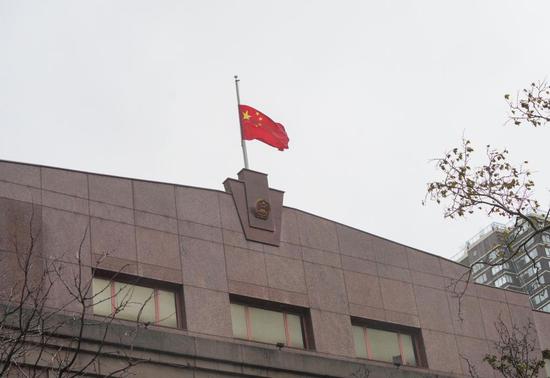


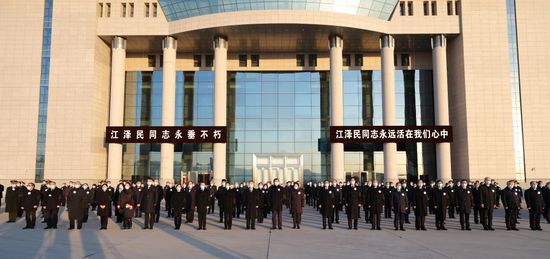

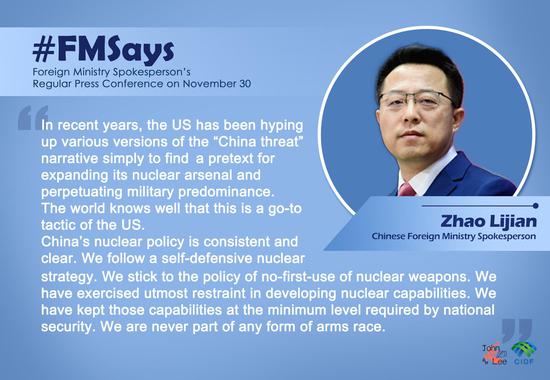


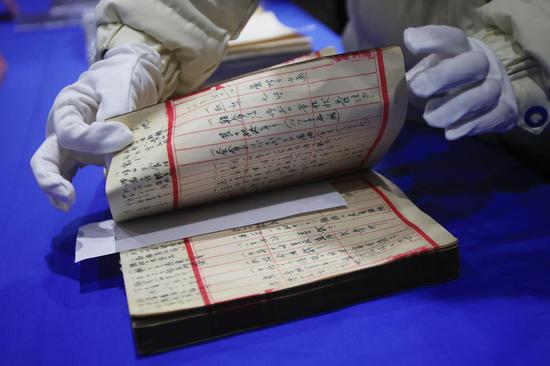

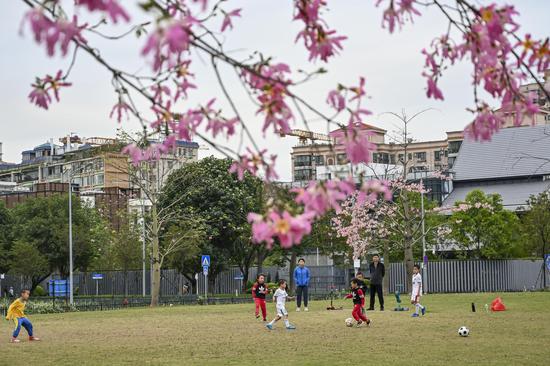














 京公网安备 11010202009201号
京公网安备 11010202009201号